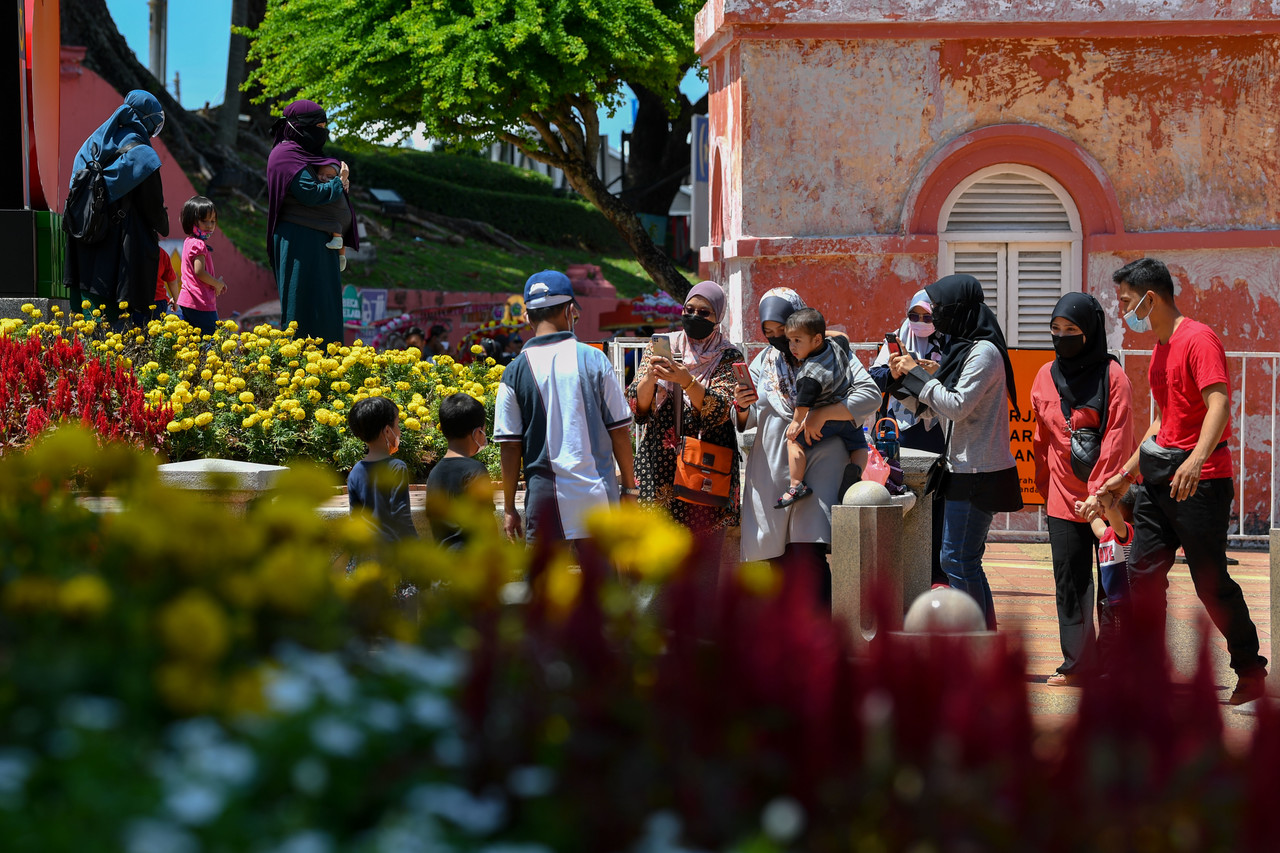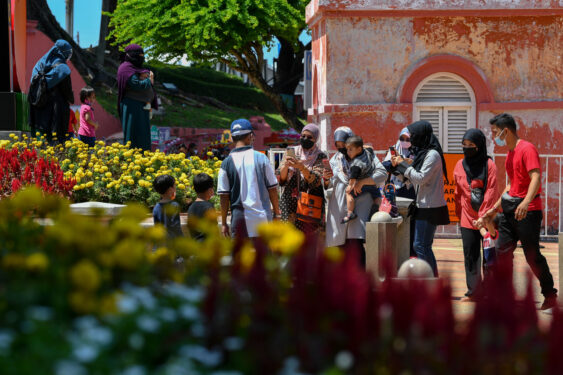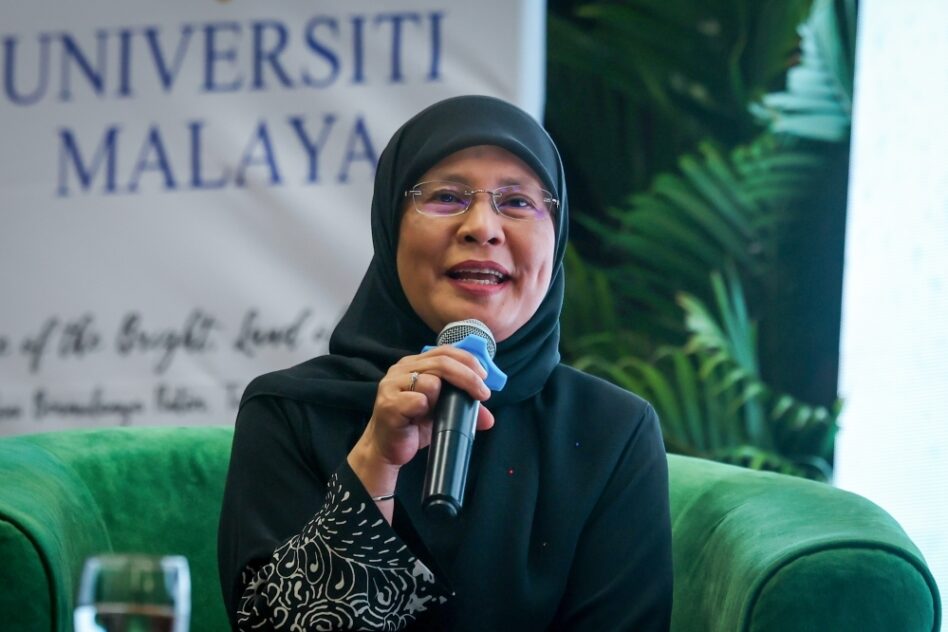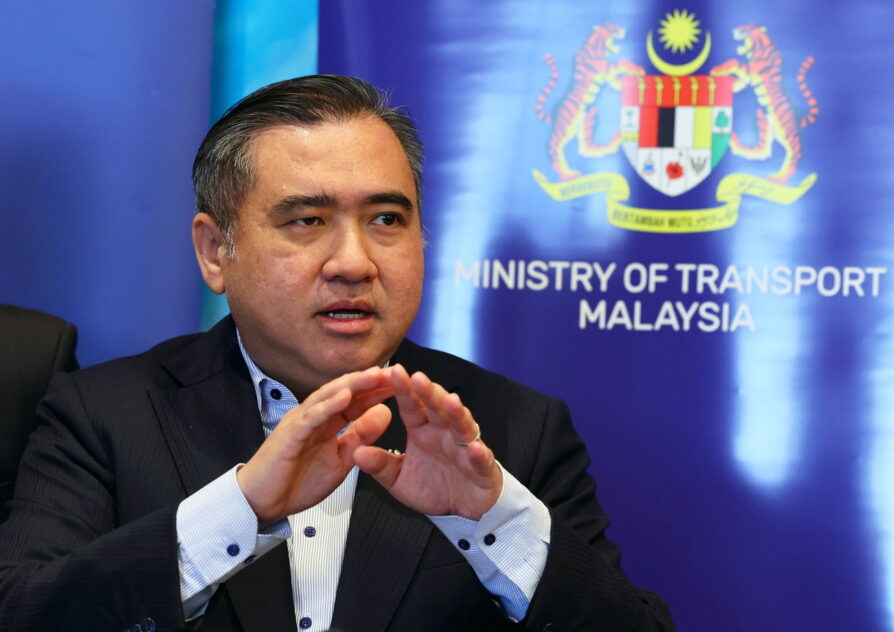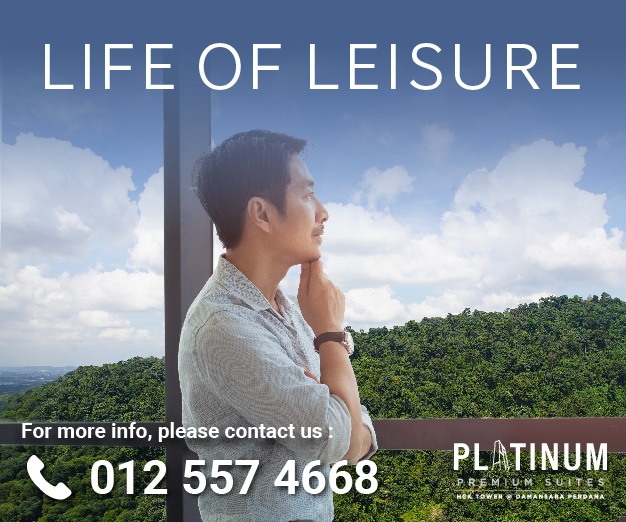WHEN viewed through the lens of various stakeholders, tourism is a different thing to different people.
Since the Travel and Tours Enhancement Course (TTEC) was introduced in 2012, I have been urging travel industry personnel to look beyond the academic definition of tourism.
To discover new business opportunities, they ought to recognise that tourism is a gargantuan business that overlaps hundreds of sectors, with the major industries being the airlines, hotels, restaurants, retail outlets, attractions, theme parks, and transport using vehicles, trains and ships.
When developing the Mesra Malaysia course in 2019, I incorporated the most pertinent facts and figures found in the Tourism Performance Report by Tourism Malaysia on inbound tourism, and assessments in the Domestic Tourism Survey by the Department of Statistics Malaysia (DOSM).
In 2018, the top five states with the most number of domestic visitors were Selangor (30.2 million), Sabah (20.4 million), Sarawak (19.4 million), Kuala Lumpur (19.2 million), and Pahang (18.1 million). The other nine states combined received a total of 114 million domestic visitors.
The ranking changed slightly in 2019, with Selangor (33.6 million), Kuala Lumpur (22.6 million), Sabah (22 million), Perak 21.1 million), and Sarawak (19.8 million). Last year, the top three states were Selangor (34.5 million), Kuala Lumpur (27 million) and Perak (21.8 million).
While conducting several Training-of-Trainers on Mesra Malaysia in 2019, none of the wannabe trainers could explain correctly why highly popular Penang and Melaka were not among the top five states. It was the same when I conducted the Training-of-Trainers on TTEC in 2022.
This is because many people, including those who ought to know better, are still stuck to their superficial understanding of tourism.
Those in the travel business would associate tourism with tours, hotel operators with tourists, and politicians with success stories to claim or shout about.
Like it or not, they should be more objective and not define tourism according to their whims and fancies or perspectives.
Tourism includes activities by anyone who travels out of town, state or country regardless of distance, and not commuting nearby for work, study, dining, or shopping.
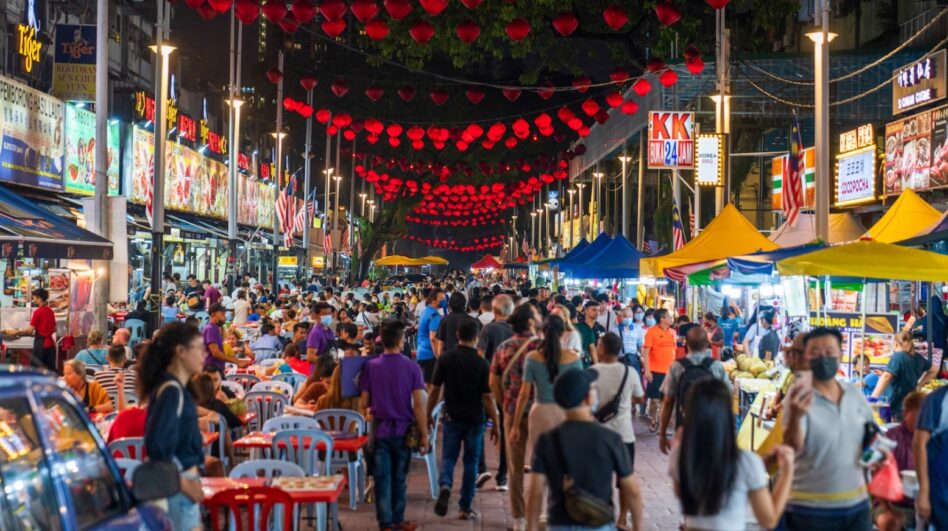
Those who did not stay overnight away from home are termed excursionists at their destinations, regardless of whether they were within or in a foreign country.
Those who stayed overnight were tourists, and two-third of domestic tourists stayed in free accommodation provided by relatives.
Visitors can be excursionists or tourists, and all are categorised by nationality and not where their travel originates.
For example, many foreigners visiting Malaysia are working as expats or operating businesses in Asean nations, and they take the opportunity to travel within the region.
International tourism includes foreigners coming in (inbound) to visit our country and Malaysians going out (outbound) of our country.
Contrary to popular belief, domestic travel is not just within the country but could either be interstate travel or intrastate, which is within the same state.
I have often explained that the high numbers of domestic visitors recorded in Sabah and Sarawak were not due to large number of Malaysians travelling from other states, which was always the answer offered by participants during training. They are people travelling within the same state.
Recently, Penang state executive councillor for tourism and creative economy Wong Hon Wai was unhappy with the 2024 Domestic Tourism Survey, which was carried out using the same methodology honed over the years as far back as before 2018.
As published, he said the survey placed Perak ahead of Penang in terms of domestic tourist numbers, and pointed out that Penang hotels recorded three million international visitors and 5.2 million domestic hotel guests, according to Tourism Malaysia’s official 2024 statistics.
He was reported to have said that in comparison, Perak, which topped the Domestic Tourism Survey, recorded only 4.18m domestic hotel stays.
In Penang, tourism is tied to rich culture, heritage and world-class arts events, so a household survey cannot capture the full picture.
He added, “DOSM classified all residents who travel beyond their usual area, including those who do not stay overnight, as domestic tourists.” He also criticised the broad definition of “domestic tourists” used in the survey report.
Be that as it may, I have followed, analysed and commented on the annual reports of the Domestic Tourism Survey over the years, which were then published at the end of every June, and found them to be accurate, consistent, and aligned with international best practices.
DOSM definition of visitors, which covers excursionists (same day visitors) and tourists (overnight visitors) is the same as given by the United Nations World Tourism Organisation (UNWTO).
Only those who comprehend basic tourism terms will be able to understand tourism facts and figures. ‒ July 7, 2025
YS Chan is master trainer for Mesra Malaysia and Travel and Tours Enhancement Course and an Asean Tourism Master Trainer. He is also a tourism and transport business consultant.
The views expressed are solely of the author and do not necessarily reflect those of Focus Malaysia.
Main image: Bernama


